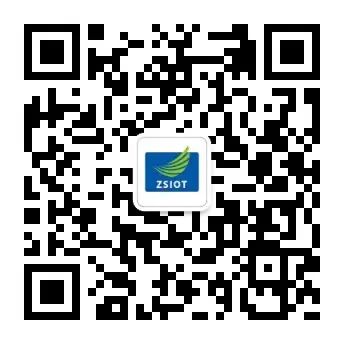Reprinted from RFID World Network
With breakthroughs and developments in technology, the progress of the Internet of Things (IoT) in the past two years has been astonishing. “IoT+” has gradually replaced “Internet+” and become the focus of attention in the industry. Many IoT companies are targeting the development direction of “IoT platforms” because platforms play a crucial role in the entire IoT architecture.
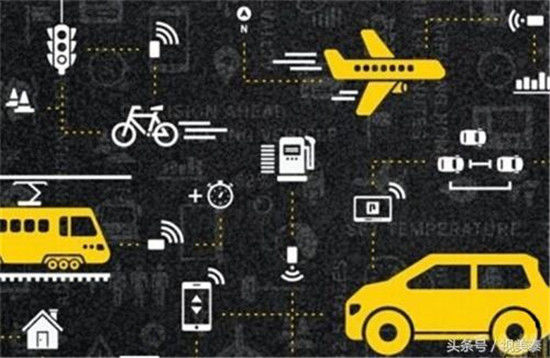
The IoT platform can achieve integration of “management, control, and operation” for underlying terminal devices, providing application development and a unified interface for the upper layer, constructing an end-to-end channel between terminal devices and services. With the further maturity of technologies such as AI and machine learning, IoT platforms will offer users more powerful business analytics capabilities.
According to research reports, over 100 new IoT platforms entered the market in 2016, and by 2021, the market size is expected to accelerate growth to exceed $1.5 billion. If you also want to get a piece of this pie, it is essential to understand what IoT platforms include and what domestic IoT development platforms currently exist.
Main Functions of IoT Platforms
It is well known that end-to-end IoT solutions are a vast and complex project. Based on functionality, IoT platforms can be mainly divided into four types: terminal management, connection management, application support, and business analytics.
1) Device Management Platform (DMP):
The DMP platform mainly provides remote monitoring, configuration adjustment, software upgrades, system upgrades, fault diagnosis, and lifecycle management for IoT terminals. Generally, device management platforms (DMP) are integrated into a complete end-to-end M2M device management solution. The DMP platform can provide real-time monitoring alerts for gateway and application status, supporting preemptive fault handling and helping users achieve system integration and value-added feature development through open API interfaces. All terminal device data can be stored in the cloud.
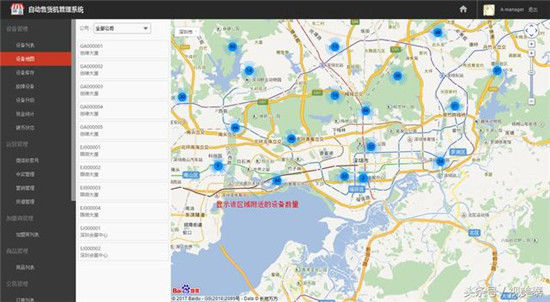
The Smart Vending Machine Management Platform by Simitai belongs to the DMP platform.
Representatives:
Digi: An expert in industrial M2M solutions, providing end-to-end solutions by combining industrial devices, modules, and cloud services.
Nokia Impact: The IoT platform currently manages over 1.5 billion devices and collaborates with more than 300 government and enterprise clients globally, providing information collection, analysis, and device management services for IoT devices.
2) Connectivity Management Platform (CMP):
The CMP platform is typically used on operator networks to manage IoT connection configuration and fault management, ensuring stable connectivity for terminal devices, managing network resource usage, connection billing, and number/IP address/Mac resource management. This helps mobile operators manage IoT SIMs effectively, allowing operator clients to independently control SIM cards and view bills.
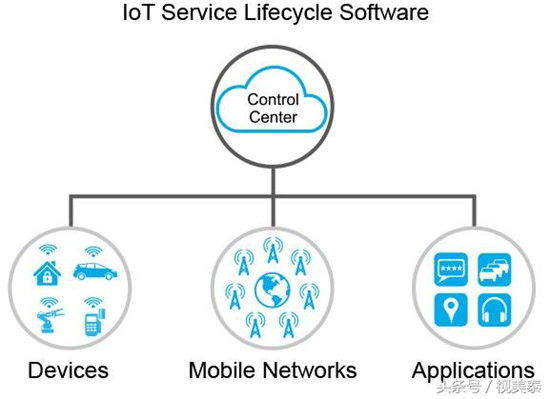
Jasper Platform
Representatives:
Jasper: A leader in the CMP segment, collaborating with over 100 operators and 3,500 enterprise clients. Acquired by Cisco for $1.4 billion in 2016.
Ericsson DCP Platform: Ericsson’s connectivity management platform DCP was acquired from Telenor Connexion in 2011 and has been in a catch-up position, with significantly fewer global operators and enterprise users than Jasper.
3) Application Enablement Platform (AEP):
The AEP platform provides two main functions: application development and unified data storage, built on top of the CMP platform. Specifically, the AEP platform offers a complete set of application development tools (most provide graphical development tools that do not require developers to write code), middleware, data storage capabilities, business logic engines, and API integration with third-party systems.
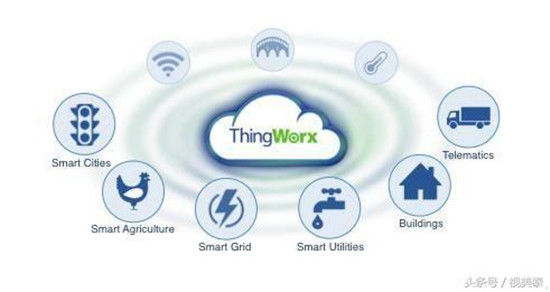
The ThingWorx platform
Representatives:
ThingWorx is a scalable cloud platform specifically designed for building and deploying IoT applications, capable of integrating with customer business processes. Currently, over one million smart devices connect to the ThingWorx platform daily.
Cumulocity is a leading AEP platform and IoT solution provider in Europe, originally part of Nokia Siemens Networks, which separated in 2010 and is headquartered in Germany.
4) Business Analytics Platform (BAP):
The business analytics platform includes basic big data analysis services and machine learning capabilities.
The big data service mainly involves the platform collecting various related data, processing, analyzing, and providing visual data analysis results (charts, dashboards, data reports); monitoring device status and providing alerts through real-time dynamic analysis.
The platform’s machine learning capability generates predictive models by training on historical data (both structured and unstructured), or clients can develop models using tools provided by the platform to meet predictive, cognitive, or complex analytical business logic needs.
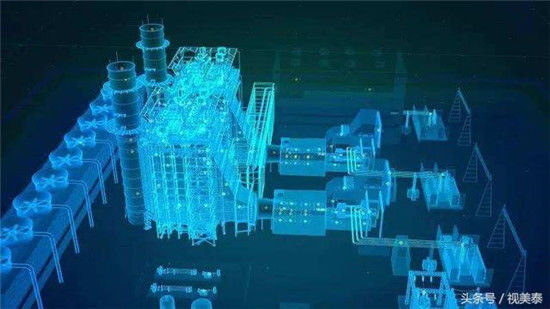
The GE Predix platform
Representatives:
GE Predix, the IoT platform of industrial IoT leader GE, is a PaaS platform built on GE’s data centers, providing device management, connectivity, application development, data storage, security, and upper-layer applications. Currently, GE has developed nearly 40 industrial IoT applications to mine and analyze data from IoT devices for client use.
IBM, a significant initiator in IoT, has built an IoT ecosystem that offers a complete solution from underlying platforms to upper-layer business intelligence analysis. The IBM Watson IoT platform provides comprehensive functions including device management, application development, data storage & management, and upper-layer intelligent analysis.
Current Major IoT Platforms in China
Currently, domestic IoT platform providers can be roughly divided into categories such as operators, cloud computing vendors, internet giants, and startups:
1. Baidu IoT Hub
Baidu IoT Hub is a fully managed cloud service that helps establish bidirectional communication between devices and the cloud, supporting massive data collection, monitoring, and fault prediction in various IoT scenarios.
2. Alibaba Cloud IoT Suite
Alibaba Cloud IoT Suite helps developers build secure and high-performance data channels for two-way communication between terminals (such as sensors, actuators, embedded devices, or smart appliances) and the cloud. It supports five major application scenarios including device-to-cloud, cloud-to-device, asynchronous requests between devices and the cloud, and interconnection of devices across manufacturers.
3. QQ IoT
The QQ IoT platform aims to provide core capabilities of the QQ account system, friend relationships, QQ messaging channels, and audio/video services to partners in areas such as wearable devices, smart homes, smart vehicles, and traditional hardware, enabling interaction between users and devices, devices and devices, and devices and services. Leveraging Tencent QQ’s vast client base and cloud services, it helps traditional industries achieve internet transformation on a larger scale.
4. JD Micro Link
JD Micro Link is an intelligent platform created by JD for future smart living, aiming to help smart hardware manufacturers create better user experiences for smart hardware products and provide consumers with a one-stop smart product experience. It features three main functions: app connectivity, smart home, and smart health.
5. ZhiCloud IoT Cloud Service Platform and Smart Hardware Self-Development Platform
ZhiCloud platform provides developers with self-service smart hardware development tools and open cloud services. Through user-friendly tools and continuously enhanced SDK and API service capabilities, it minimizes the technical barriers to IoT hardware development, reduces R&D costs, and speeds up product launch for developers, facilitating hardware intelligent upgrades and better connecting and serving end consumers.
6. Qingke Cloud FogCloud
Qingke Cloud FogCloud provides convenient smart hardware access services for developers, along with powerful cloud services including product/app management, messaging channels, and data storage. It offers rich cloud functionalities, allowing developers to focus on top-level applications without expending effort on backend processing, underlying construction, or protocol conversion.
7. Ablecloud IoT Self-Development and Big Data Cloud Platform
Ablecloud IoT self-development and big data cloud platform provides infrastructure for IoT hardware manufacturers, including device networking and management, remote viewing and control, customized cloud function development, and massive hardware data storage and analysis, accelerating the intelligent networking of hardware.
8. China Mobile IoT Open Platform OneNet
OneNET is an open, win-win device cloud platform built by China Mobile IoT Co., Ltd., providing simple cloud access, storage, computing, and display for various cross-platform IoT applications and industry solutions, quickly creating IoT product applications and reducing development costs. As a PaaS layer, OneNET builds a connection bridge for the SaaS and IaaS layers, providing core capabilities to upstream and downstream.
Conclusion
Since the operation of IoT platforms, ecosystem cultivation, and developer aggregation require a long time to accumulate, Simitai believes that the shortcut to entering this field is to acquire excellent startups overseas and domestically or engage in deep industry chain collaborations.
| Organized and published by the Zhongshan IoT Association

Miss Zhang /18688127906
Miss Chen /18688127969

1st Building, Dezhong Plaza, Torch Development Zone, Zhongshan City, Guangdong Province

